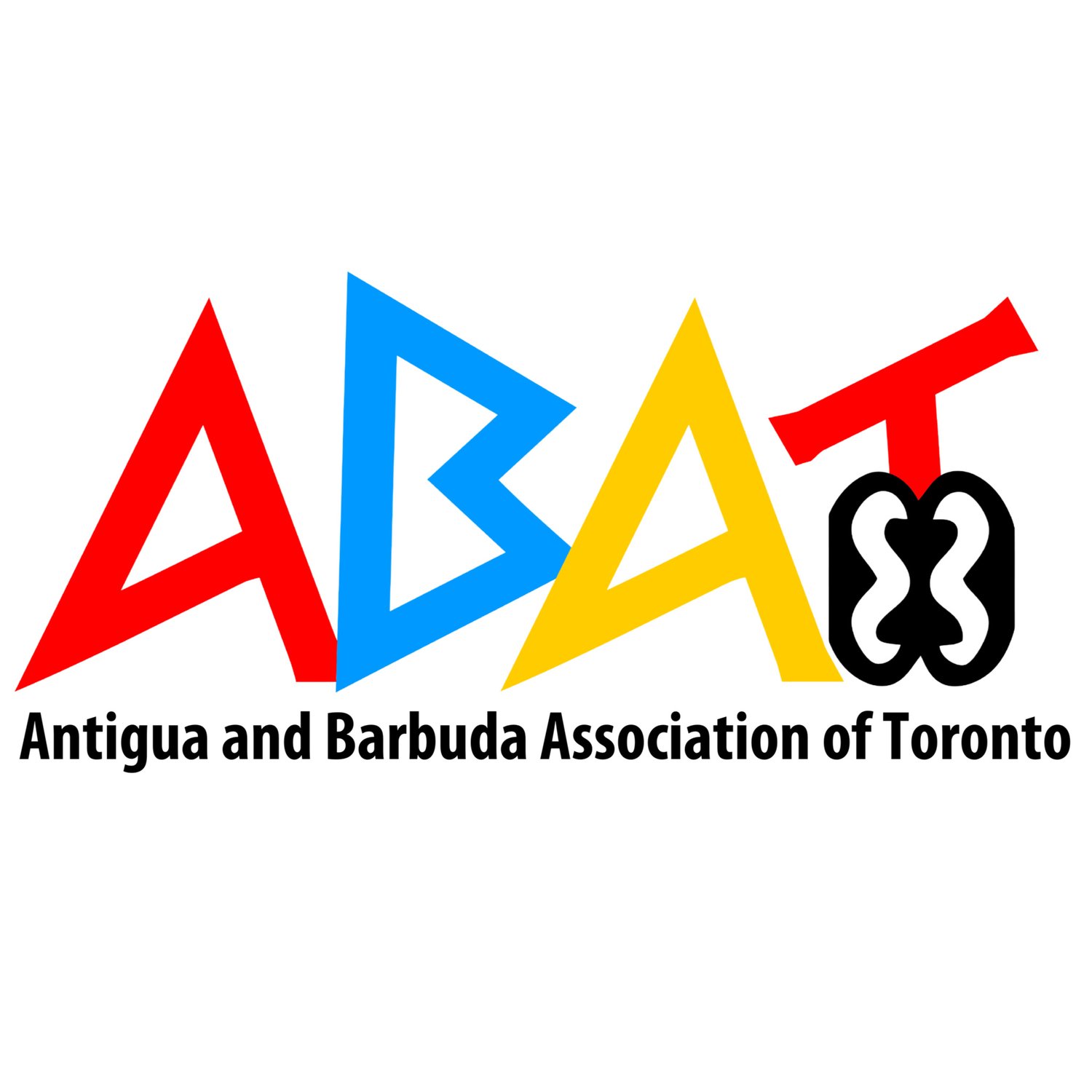
Antigua and Barbuda
Learn About Our Beautiful Twin Island
Antigua and Barbuda is a twin island state located in the Eastern Caribbean chain. Antigua has an area of 108 square miles, (280 square kilometers) while Barbuda, is 62 square miles (160 square kilometers) in area, making for a twin island microstate of 170 square miles (440 square kilometers).
Its jagged coastline is over 90 miles (145 kilometers) long, producing hundreds of beautiful white sand beaches, bays and coves. Antigua and Barbuda’s 365 beaches are widely acclaimed to be among the most beautiful in the Caribbean!
History and Culture
Legend has it that when Columbus was near Redonda on November 11th 1493, he sighted the island and named it “Santa Maria de la Antigua”, supposedly after a chapel dedicated to a famous miracle-working virgin in Seville Cathedral, Spain. Antigua means ‘ancient’ in Spanish. Despite giving it a name, Columbus never actually landed on the island.
An alternative explanation comes from a writer of 1756, a sailor of HMS Blandford at the Antigua Navy Yard, who claimed the name Antigua was given by Columbus as “anti-aguo”, signifying no water or an enemy to water. The truth has sadly been lost to time.
Antigua and Barbuda had the native Carib names of Waladli (which has since been changed to Wadadli by modern Antiguans) and Wa'omoni, respectively. The name is very close to the Amerindian word for oil, which was ‘wadli’ (Breton 1665:403). The Dominican Caribs had few reefs on which to collect natural resources, whereas Antigua had many, so these prehistoric peoples may have come to Antigua to collect shark and other oils found in a reef environment. These oils would have been used for lighting and medicinal purposes.
The culture and cuisine of Antigua and Barbuda (local creole pronunciation, Antiga and Barbueda) emerged from the mixing of Amerindian, West African and European (primarily British) cultural traditions. Specific traces of these parent cultures as well as influences from other Caribbean islands are still very evident.
National Symbols
The Coat of Arms of Antigua and Barbuda
The coat of arms of Antigua and Barbuda was designed in 1966 by Gordon Christopher. At the top of the Coat of Arms is a pineapple, a fruit for which the islands are famous. There are several plants found around the shield, all of which were once abundant in the country: red hibiscus, sugarcane and yucca plant. Supporting the shield is a pair of deer representing the wildlife of the islands.
The design on the shield shows the sun, also found on the flag, rising from a blue and white sea. The sun symbolizes the dawn of a new era and the black is for the African ancestry of the people. At the bottom of the shield, in front of the sea, sits a stylized sugar mill.
At the bottom is a scroll upon which is written the national motto: "Each endeavouring, all achieving.”
The Antigua and Barbuda Flag
The national flag of Antigua and Barbuda was adopted on 27th February 1967 to mark the achievement of self government. The flag was designed by nationally acclaimed artist and sculptor Sir Reginald Samuel.
The rising sun symbolizes the dawning of a new era. The black is for the African ancestry of the people, the blue for hope, the red for energy or dynamism of the people. The successive colouring of yellow, blue and white (from the sun down) also stands for the sun, sea and sand. The blue also represents the Caribbean Sea and the V-shape is the symbol of victory.
Frigatebird aka “Weather Birds”
Barbuda boasts the largest Frigate breeding and nesting colony in the world. The Colony is located in the capital of Barbuda, at the Codrington Lagoon. The colony was however impacted by the passage of hurricane Irma on 6th September 2017.
Male frigate birds are glossy black and when courting they display a bright red pouch. Females are larger, with the sides and breast white. In Antigua and Barbuda, they are known as “Weather Birds”, as on the approach of a storm they may be seen circling inland.









